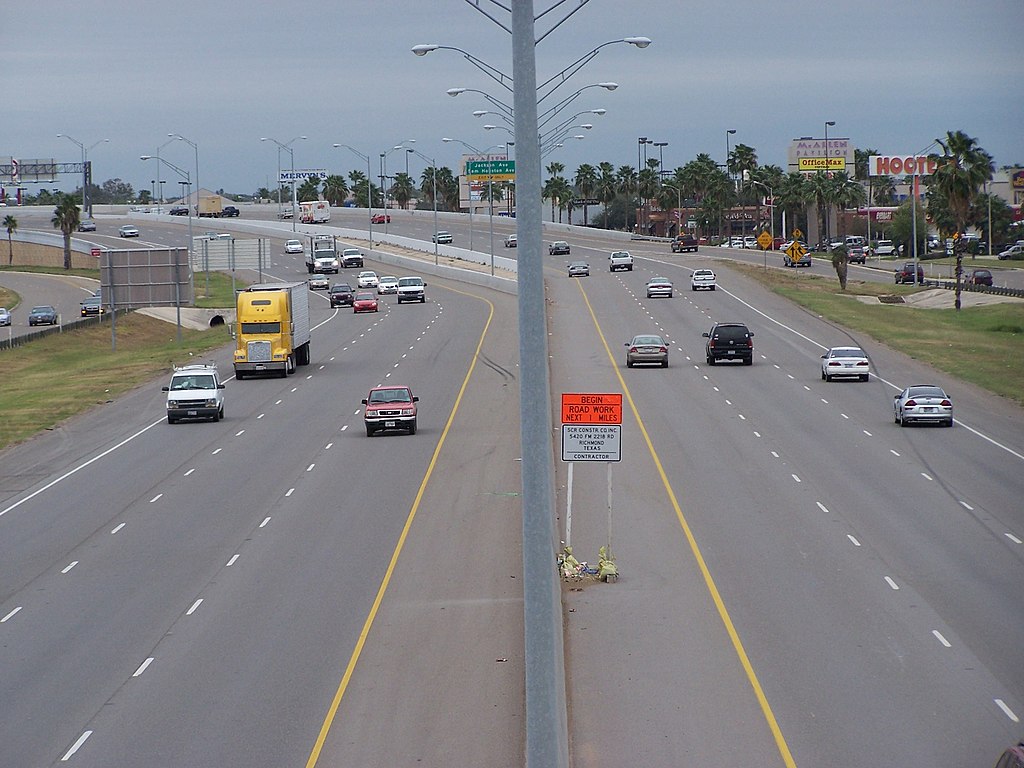Maintaining safe, reliable roadways across America helps businesses transport goods and materials, provides quick ways for drivers to get around and allows for the easy evacuation of people during humanmade and natural disasters.
Unfortunately, many state and federal highways, local roads, railroads, bridges and tunnels have fallen into disrepair.
Failing to make the necessary repairs to roadways and other infrastructure due to a lack of funding, inadequate supplies, materials and equipment, labor shortages and other reasons have led to unsafe driving conditions, collapsing bridges and other incidents that have caused injury and death.
Here are five reasons why states and the federal government should do more to ensure regular maintenance and repair of America’s roadways:
Increase Roadway Safety
Keeping people safe when they travel, whether to their local grocery store or out-of-state to visit family, should be the top priority when it comes to repairing and maintaining roadways.
Increasing the safety of drivers and passengers helps reduce accidents, which reduces emergency care and hospital costs.
Operating a vehicle requires complete attention and care – maintaining roadways ensures drivers can concentrate on driving instead of swerving and performing other unnecessary maneuvers to avoid roadway damage.
In addition to keeping people safe, repairing and maintaining roads and highways reduces vehicular damage. Cracks, potholes and gravel erosion can damage suspension systems, tires and other vehicle components, causing an increase in vehicle repair costs.
Lastly, by reducing the number of accidents and vehicular damage caused by roadway neglect, drivers won’t be burdened with avoiding materials like rubber, metal, glass and other sharp objects left behind after an accident.
Access to Better Roadway Construction Materials
Even though materials used to build roadways have greatly improved over the years, many existing roadways haven’t benefitted from these materials.
New and improved roadway construction materials provide better traction during rain and snowstorms, are less prone to cracking/erosion and can be repaired quickly and easily.
Repaving damaged roadways with updated materials help extend the roadway’s lifespan while making it safer for people and vehicles.
Ability to Move More Products, Supplies and Materials
Moving products, supplies and materials throughout the United States helps businesses, corporations, manufacturers, warehouses and other entities build appliances, electronics, cars, furniture and thousands of other products people use every day.
Keeping the supply chain moving allows manufacturers and others to increase their profits. With increased profits, business leaders can increase production, hire more people and invest in product development.
Worn-out roadways prevent business and job growth. Interruptions to the supply chain at any level can cause production line delays, job lay-offs and delays in product innovation.
New Job Creation
Investing in roadway maintenance and repair leads to increased job creation as these projects require a lot of people to complete various maintenance and repair tasks.
From implementing solutions for specific repairs to designing new or expanded roadways, operating equipment and performing manual labor requires a dedicated workforce.
Hiring people to oversee and manage the workforce is also necessary to meet deadlines, handle day-to-day issues and ensure workplace safety.
But job creation doesn’t cease once a roadway or highway is repaired. With routine maintenance, roadways and highways remain safe and reliable for many years. Hiring dedicated teams to inspect and make minor repairs as needed provides long-term, local employment.
Meet the Need for Expanded/New Highways
Expanding highways and constructing new highways allows people to travel all over America. Because many rural regions still rely on local roads and state highways, getting to these areas (or leaving them) is burdensome for many people.
However, before states and the federal government can invest in expanding existing highways or building new ones, state and federal leaders should fund and approve roadway repair projects. By repairing damaged roadways first, leadership can invest future monies in highway/roadway expansion.


